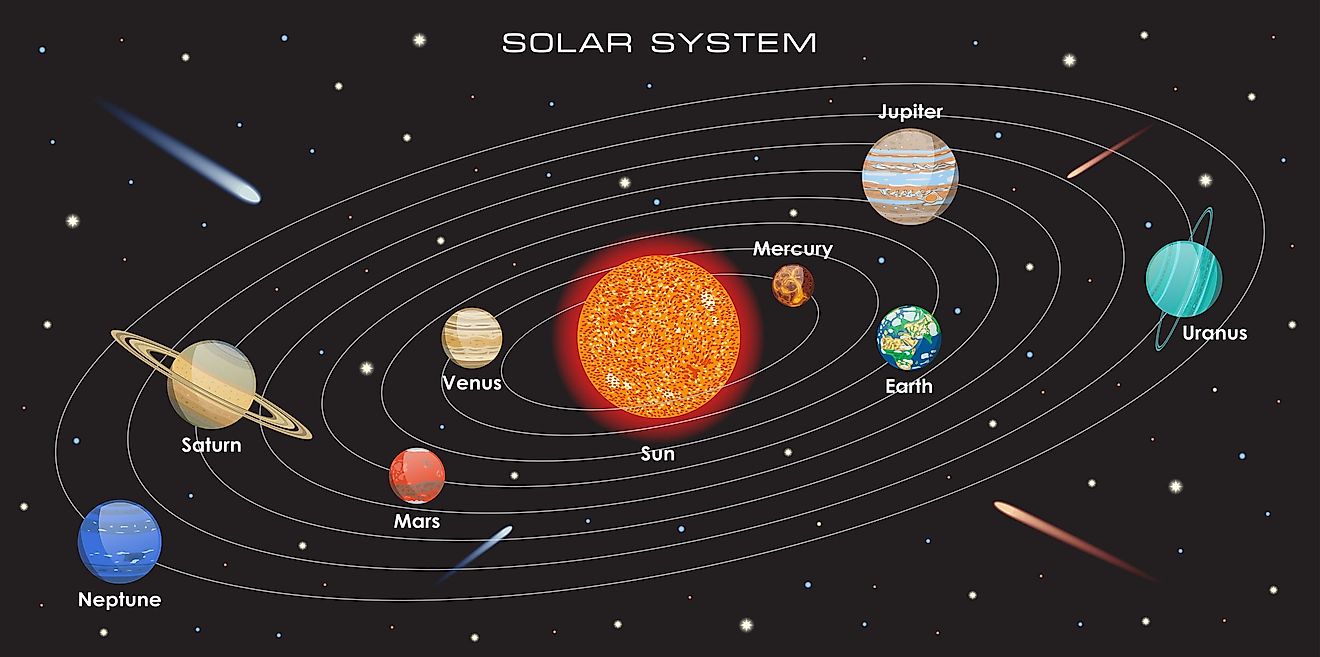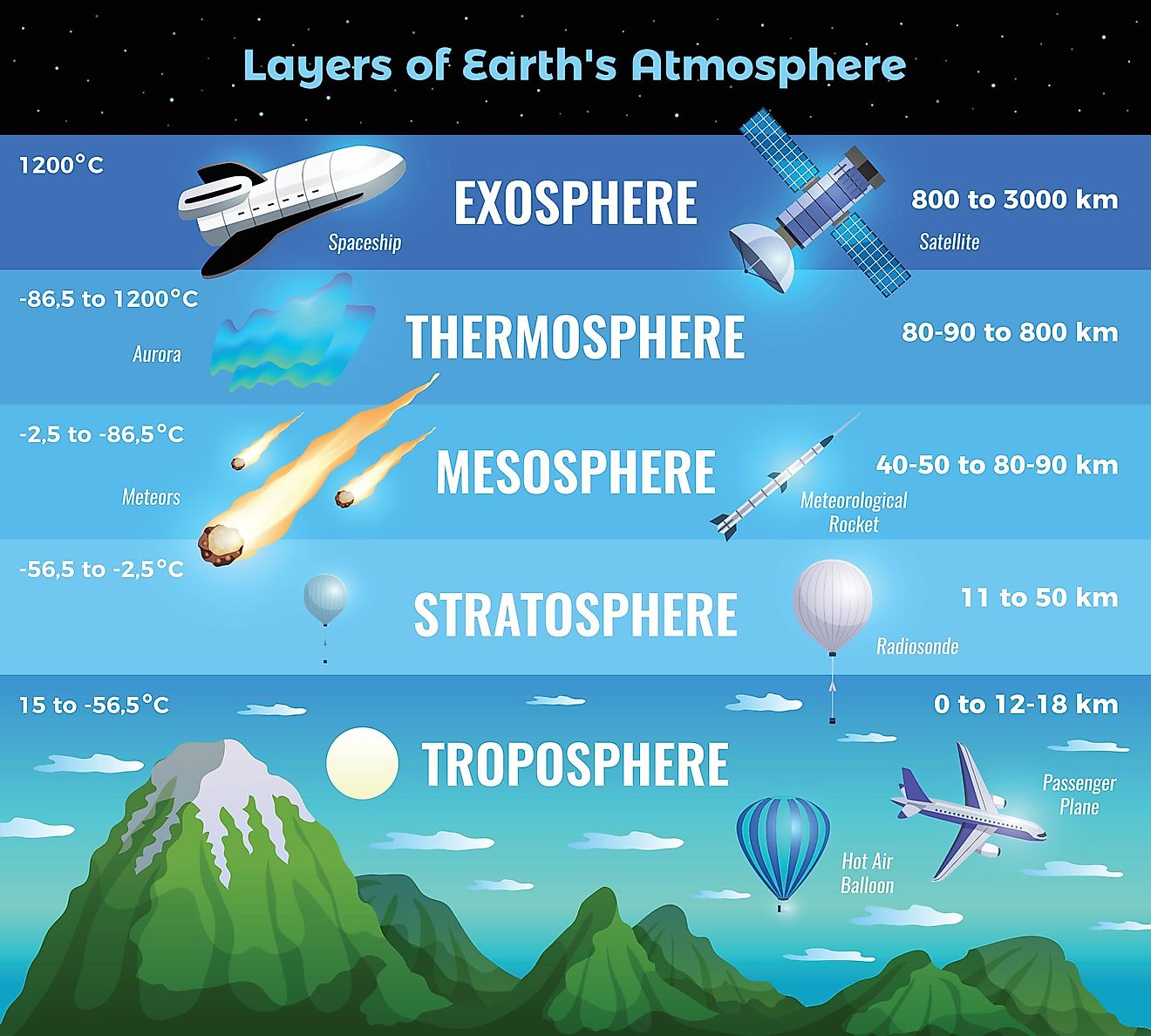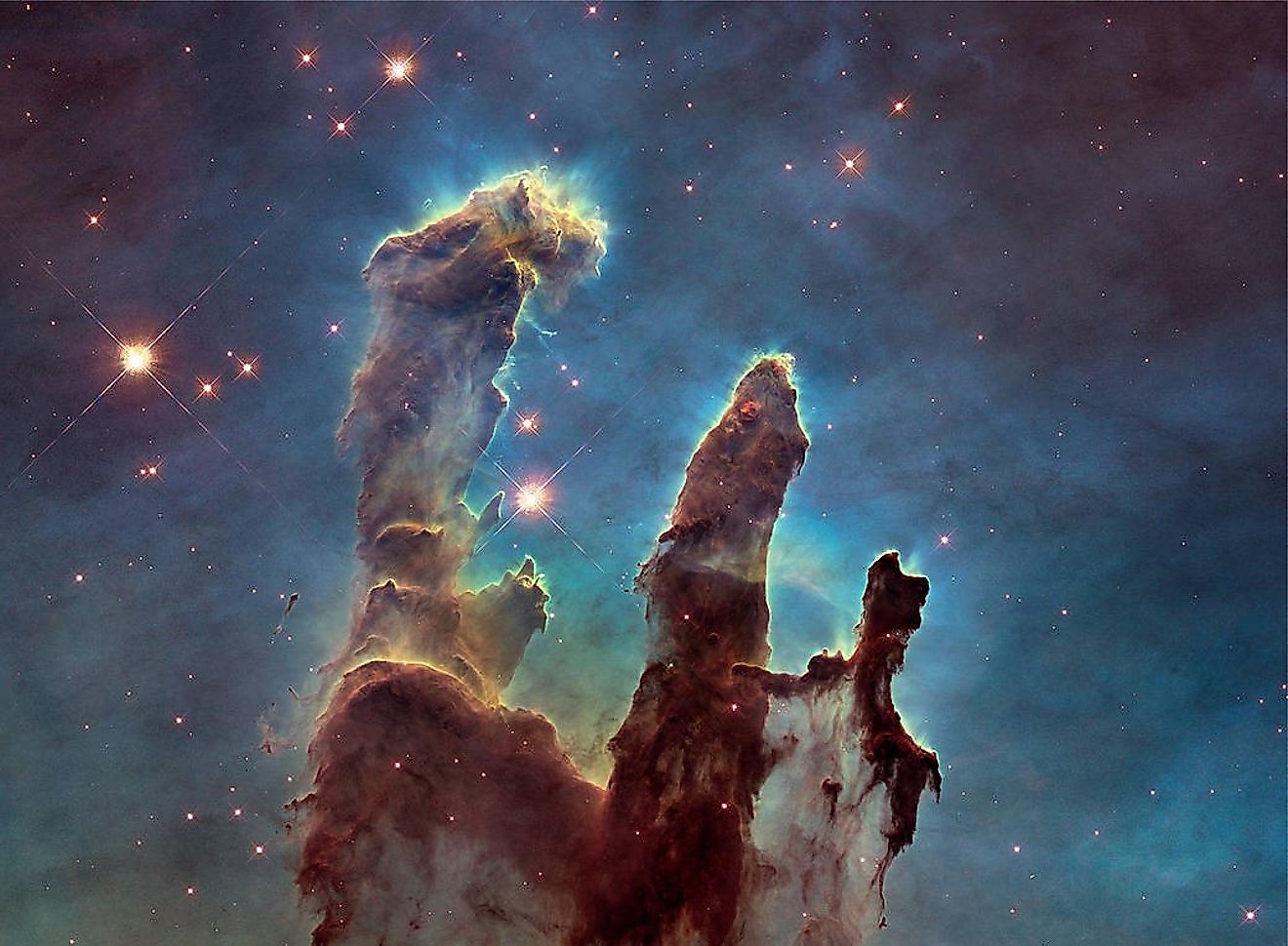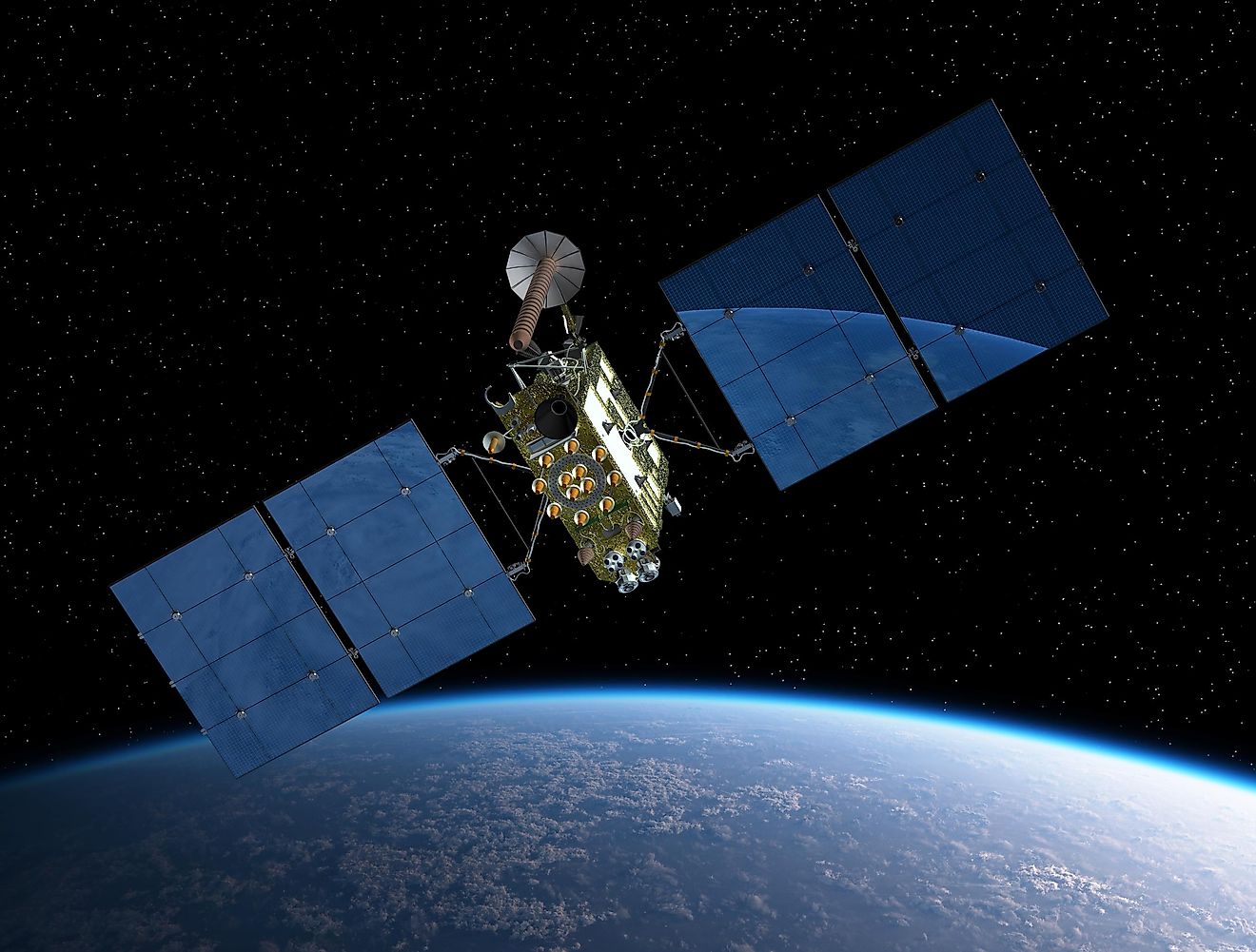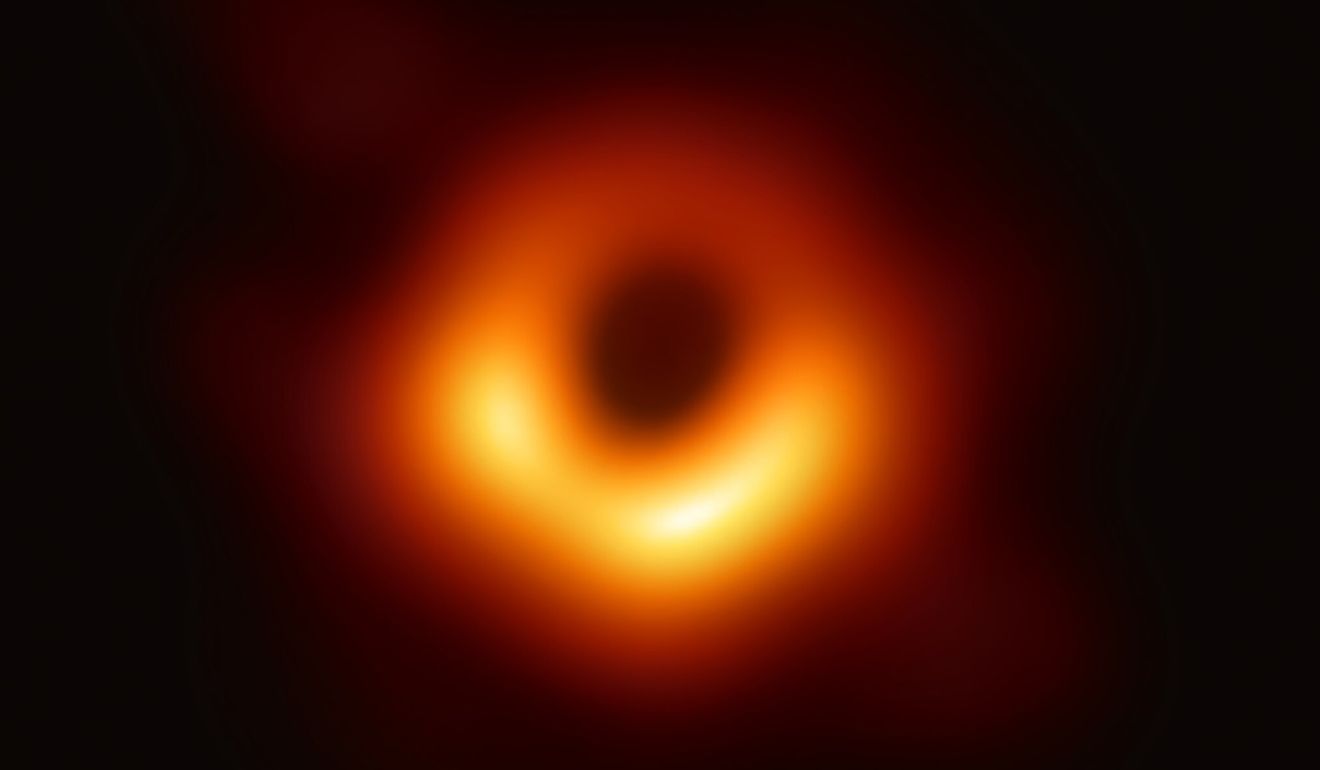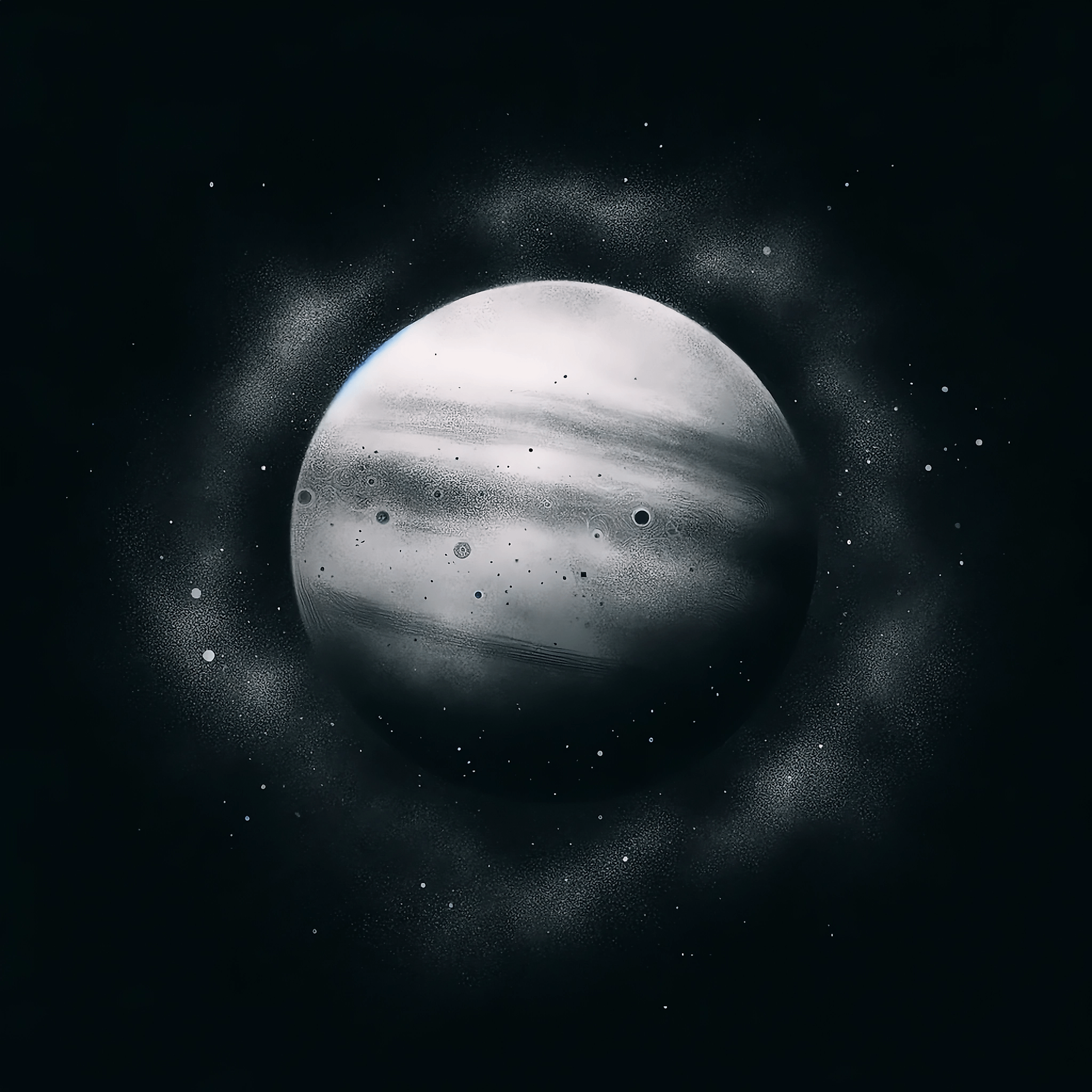
The Stray Planet That Escaped Our Solar System
The idea of a planet influencing the orbits of Uranus and Neptune dates back to the 1840s. With the discovery of Pluto in the early 20th century, astronomers initially thought it might be the elusive ninth planet. This belief was later adjusted as it became evident that Pluto's gravitational influence was insufficient to explain the disturbances seen in the orbits of Uranus and Neptune.
In January 2015, astronomers at Caltech presented research suggesting the presence of a large planet with an elongated orbit in the far reaches of the solar system. However, this remains a theoretical model, as the planet has yet to be directly observed.
Historical Context
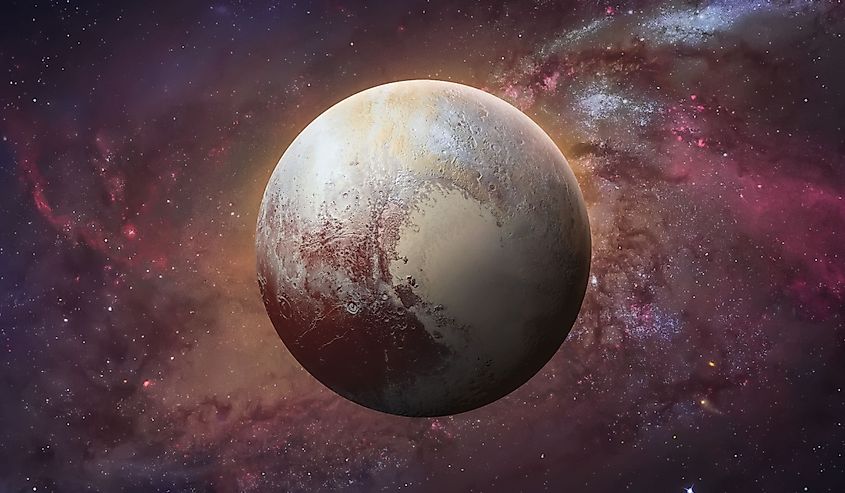
Upon discovering our most distant planet, Neptune, in 1846, scientists have been looking for this so-called Planet X. The theory was developed over the decades until it finally reached a much more coherent form at the beginning of the 20th century.
The theory suggests that since the orbital patterns of both Neptune and Uranus are so bizarre and unusual, this could point to another sizeable unseen planet that could be causing this odd behavior. American astronomer Clyde Tombaugh followed this theory and eventually discovered Pluto in 1930.
It was soon established that Pluto could not be responsible for the irregularities in the orbits of Uranus and Neptune. Its size is far too small to exert such a significant influence on either planet, both of which are considerably larger than Pluto. The source of this disturbance, however, remains unseen by humans.
Scientific Evidence and Research

Since the popularization of the Big Bang Theory in the previous century, countless tests and research have been done to help give scientists a better understanding of what our early universe might have looked like. Some of the details still need to be clarified, but scientists can agree that the orbits of giant planets like Jupiter, Saturn, Neptune, and Uranus could have been unstable. In theory, this Planet X could have had a somewhat regular orbit until it was thrown off course and sent out into the furthest reaches of our solar system.
In some simulations that aim to represent the formation of our planets, this instability occurred 90% of the time. The orbits in our solar systems have been stable for billions of years at this point and only change slightly. So, a planet may exist out there that was knocked off course long ago and now has an incredibly long orbit around the sun.
According to theories regarding the effects on the orbits of Neptune and Uranus, experts believe that Planet X could be up to ten times larger than Earth and would take approximately 10,000 to 20,000 years to complete one full orbit around the Sun. Even at its closest approach, Planet X would be seven times farther from the Sun than Neptune is.
Exiled Planet Theory
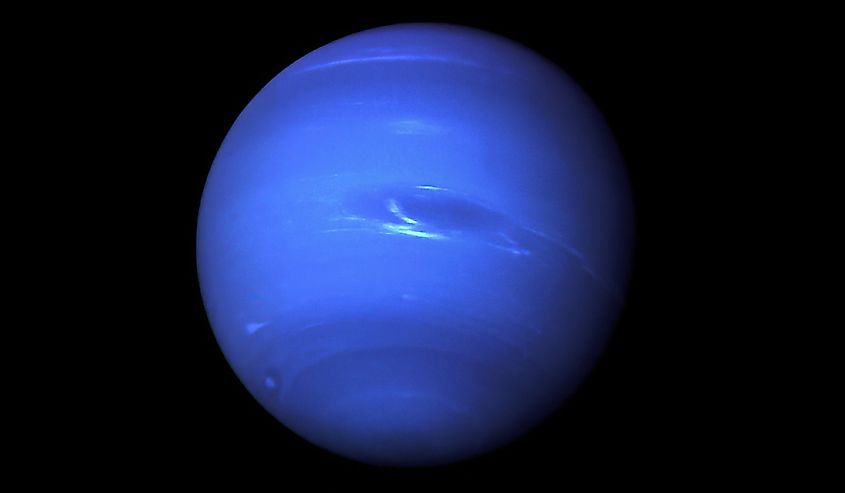
Planet X is thought to belong to a category called Super-Earths or Mini-Neptunes. Composed mainly of gas and rock, these planets seem to be quite prevalent in the Milky Way Galaxy, having been observed multiple times in distant solar systems. Neptune and Uranus fall under this classification.
Given the tumultuous and chaotic beginnings of both distant planets, it's plausible that a similar third planet could have been displaced after colliding with others. Some scientists propose that if a ninth planet were formed in this manner, it could have been ejected from our solar system entirely; however, there are counterarguments to this idea.
Others contend that the large amounts of dust and gas present during the early solar system's formation might have slowed it down sufficiently to keep it within the Sun's gravitational influence.
Implications on Solar System Dynamics
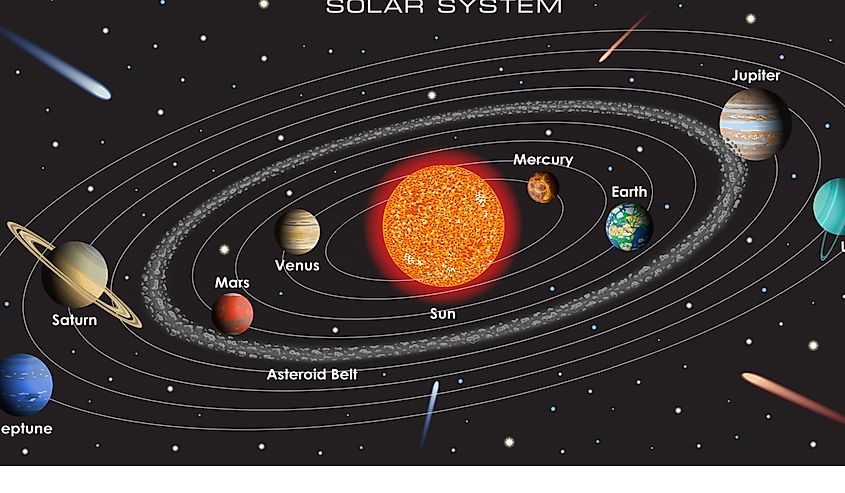
The potential existence of Planet X has altered the way experts view the dynamics of our solar system. If Planet X does exist, the orbits of planets and other objects within our solar system are likely far more unpredictable and chaotic than previously thought.
The initial details regarding the formation of our solar system can sometimes be unclear. If we can discover and analyze this elusive planet, whether it exists or not, we could gain a clearer understanding of its formation and that of our solar system.
Another fascinating theory posits that Planet X may not have formed within our solar system but instead originated from an alien system, later being drawn into the gravitational influence of our sun due to unknown circumstances.
Future Explorations

Due to the sheer distance of where this supposed planet is supposed to be located, it has yet to be possible to obtain any clear evidence of its existence. Cosmologists, mathematicians, and astronomers have been stuck using simulations and mathematical theories. That being said, improvements are being made.
With the increase in computer technology in the last few decades, more accurate simulations have been made, each painting a straightforward picture of how Planet X might have been formed and where it might be located.
If trends continue, there might be a good chance this mystery will be on its way to being solved sometime shortly.
In Conclusion
Once thought to be nothing more than a far-flung hypothetical, the reality of a 9th planet existing somewhere within our solar system is becoming more plausible with each passing year. As technology improves each generation, there is a much higher chance that the scientific community will finally get to the bottom of what has been the source of endless late-night discussions and wacky conspiracy theories once and for all.
The study of Planet X is not just the hunt of some rogue planet that was once a part of our young system billions of years ago, but it also reveals so much of how Earth and the other known planets in our solar system came into being.


